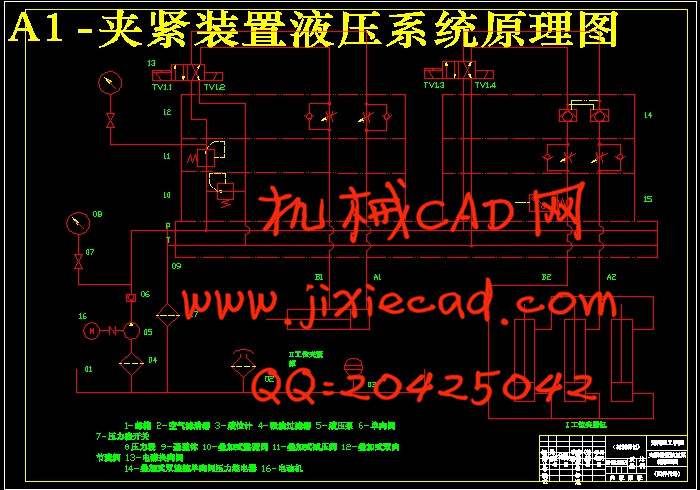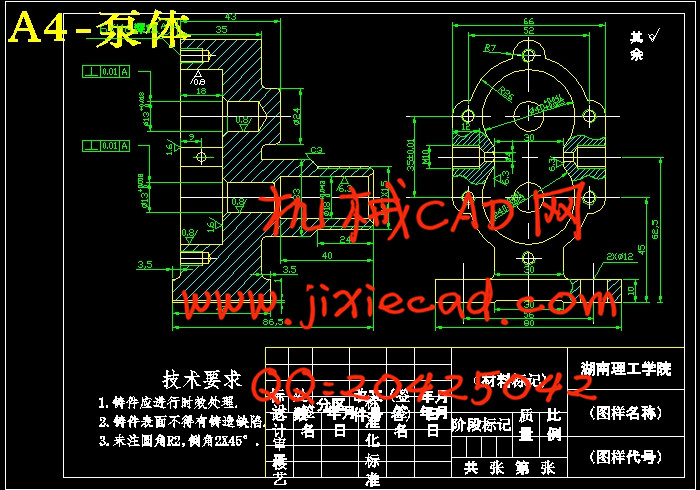设计简介
摘要
作为现代机械设备实现传动与控制的重要技术手段,液压技术在国民经济各领域得到了广泛的应用.与其他传动方式相比较,液压传动具有其独特的技术优势,其应用领域几乎囊括了国民经济各工业部门。本文根据数控铣床的用途﹑特点和要求,利用液压传动的基本原理,拟定出合理的液压系统图,再经过必要的计算来确定液压系统的参数,然后按照这些参数来选用液压元件的规格和进行系统的结构设计。数控铣床的液压系统,外形新颖美观,动力系统采用液压系统,结构简单、紧凑、动作灵敏可靠。
本文通过对数控铣床的工况分析, 给出了对于一般夹紧装置分析的方法, 对于提高制造质量、实际生产具有一定的指导意义。
关键词:现代机械;数控铣床;夹紧装置;液压系统设计
ABSTRACT
As a modern machinery equipment realization transmission and control of important technical means, hydraulic technology in the field of national economy has been widely used with other transmission way. Compared with its unique, hydraulic transmission technology advantage, its application field almost include the national economic each industrial sectors.This article according to the usage, characteristics and requirements of the purposes of CNC milling machine uses the basic principle of hydraulic transmission, draws up a reasonable hydraulic system and undergoes the necessary calculation to determine the parameters of hydraulic system which determine to choose hydraulic components and system structure of the specification. The hydraulic system of CNC milling machine is new and original beautiful, the driving force system adopts hydraulic pressure system that makes the structure simple and compact, the action quick and reliable.
This paper analyzed the operation condition of the CNC milling machine, and gives the analysis for average clamping device to improve the method, manufacturing quality, the actual production has certain directive significance
Key words:Modern machinery;CNC milling machine;Clamping device;Hydraulic system design
目录
摘要 IABSTRACT II
目录 III
1液压传动的发展状况以及优缺点 1
1.1 国内液压传动的发展状况 1
1.2 国外液压传动的发展状况 1
1.3 液压传动的优缺点 1
1.3.1液压传动有以下一些优点 1
1.3.2液压传动的缺点 2
2液压系统的设计 3
2.1设计要求 3
2.2工况分析 3
2.2.1Ⅰ工位夹紧缸的负载计算 3
2.2.2 Ⅱ工位夹紧缸的负载计算 4
2.3 液压系统主要参数的确定 6
2.3.1系统工作压力
2.4液压执行器主要结构参数的计算 7
2.4.1Ⅰ工位夹紧缸主要结构参数的确定 7
2.4.2 Ⅱ工位夹紧缸主要结构参数的确定 8
2.4.3液压缸工作循环中各阶段的各项参数 8
3液压系统原理图的拟定和方案论证 10
3.1油路循环方式的分析和选择 10
3.2调速方案的分析和选择 10
3.3液压动力源的分析与选择 11
3.4液压回路的分析、选择与合成 12
3.5液压原理图的拟定与设计 12
4液压元件的计算和选择 14
4.1 液压泵的确定 14
4.2 阀类的选择 17
4.2.1 选择依据 17
4.2.2 选择阀类元件应注意的问题 17
4.3 液压附件的计算和选择 18
4.3.1 确定管件的尺寸 18
4.3.2 确定油箱容积 19
5估算液压系统性能 21
5.1液压系统压力损失验算 21
5.2 系统的发热和温升 22
6结论 25
致谢 26
参考文献 27





